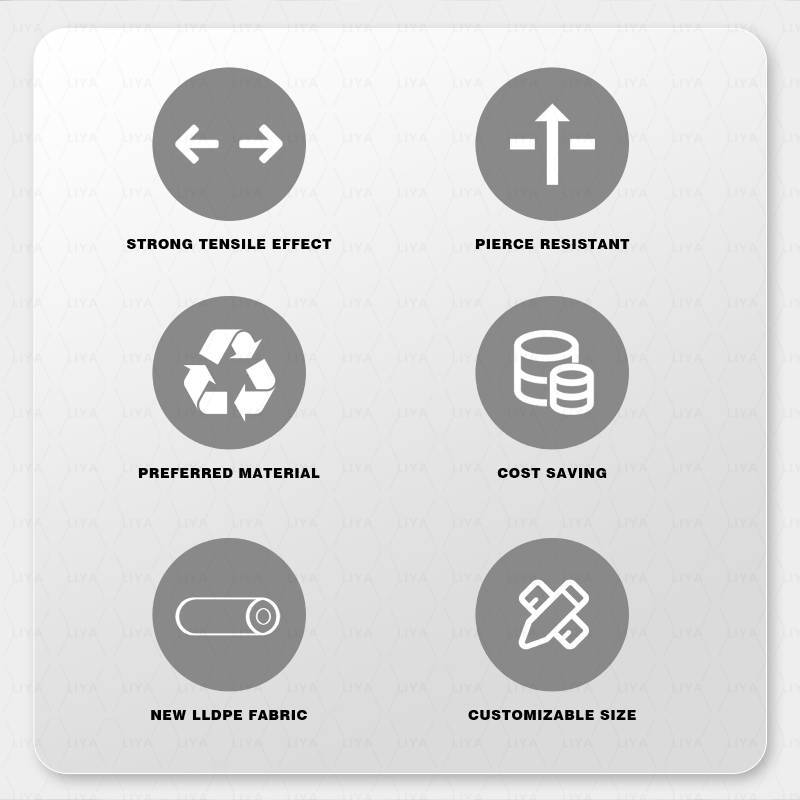Environmental Impact of Single-Use Plastic Food Containers and Sustainable Alternatives
The Impact of Disposable Plastic Food Containers on Our Environment
In recent years, the convenience of disposable plastic food containers has found its way into every household, restaurant, and event. Whether it’s takeout meals, leftovers, or packed lunches, these containers offer an easy solution for food storage. However, the pervasive use of disposable plastic food containers brings with it significant environmental concerns that cannot be overlooked.
The Convenience Factor
The allure of disposable plastic food containers lies in their convenience. They are lightweight, portable, and often microwave-safe, making them an appealing choice for busy individuals. With the fast-paced lifestyle many of us lead, the ability to quickly pack meals or store leftovers without the hassle of washing dishes is undeniably attractive. Many food establishments also benefit from these containers, allowing them to serve customers efficiently while maintaining a streamlined kitchen workflow.
Environmental Consequences
Despite their convenience, disposable plastic food containers contribute heavily to the growing problem of plastic waste. According to research, an estimated 300 million tons of plastic are produced globally every year, with a significant portion ending up in landfills and natural environments. Single-use plastics, which include disposable food containers, are particularly concerning due to their short usage time but long-lasting impact.
Most disposable plastic food containers are made from materials that can take hundreds of years to decompose. As they break down, they can release harmful substances into the soil and waterways, disrupting ecosystems and endangering wildlife. Turtles, birds, and other animals often mistake plastic for food, leading to deadly consequences. The Great Pacific Garbage Patch, a massive accumulation of plastic debris, is a stark reminder of the crisis our oceans face due to our plastic consumption habits.
Recycling Challenges
disposable plastic food containers

While many disposable plastic food containers are labeled as recyclable, the reality is more complicated. Recycling systems vary widely, and not all types of plastic are accepted in curbside recycling programs. Contaminated containers—those with leftover food or grease—often end up in landfills instead of being recycled. Furthermore, the recycling process itself uses significant energy and resources, undermining the environmental benefits.
Consumers may also be misled by misleading labeling practices, thinking that their disposable containers will be recycled when in fact, a large percentage simply isn’t. The inefficiency and limitations of recycling capabilities highlight the need for better waste management strategies and consumer education.
The Push for Alternatives
In light of these environmental challenges, there is a growing push for more sustainable alternatives to disposable plastic food containers. Companies are now exploring biodegradable materials, reusable options made from glass or stainless steel, and even innovative solutions like edible packaging. These alternatives not only reduce waste but also promote a more circular economy, in which materials are reused and recycled rather than discarded after a single use.
Consumers are becoming increasingly aware of their choices and are seeking out eco-friendly options. Education and awareness campaigns can play a pivotal role in influencing behavior change. By promoting the benefits of reusables and encouraging individuals to bring their own containers, we can collectively reduce our plastic footprint.
Conclusion
While disposable plastic food containers provide a convenient solution for food storage and transportation, their environmental impact cannot be ignored. It is crucial that we weigh the convenience against the long-term consequences for our planet. By making informed choices, opting for sustainable alternatives, and advocating for better waste management practices, we can work towards a future that minimizes plastic use and protects our environment for generations to come. The road ahead requires collaboration between consumers, businesses, and policymakers to shift our habits and create a more sustainable world.
-
The Best Uses for Small Trash Bags in Daily LifeNewsJul.01,2025
-
Stylish Reusable Grocery Bags TrendsNewsJul.01,2025
-
Shipping Advantages of Using Bubble Envelopes BulkNewsJul.01,2025
-
How Compostable Mailing Bags Reduce Environmental ImpactNewsJul.01,2025
-
Environmentally - Friendly Bulk Poly MailersNewsJul.01,2025
-
Eco Friendly Custom Laminated Tote BagsNewsJul.01,2025
-
Have the freedom of customizing your custom mailers any way you want! Our dedicated packaging support will help deliver you the mailing experience you need to elevate your shipping experience to the next level! Start making a strong impression on your customers and stand out from your competitors! -
LIYA uses high quality raw materials which directly purchased from large enterprises domestic and overseas such as PetroChina, Sinopec, Sabic, Equate, ExxonMobil, Dow Chemical, Total, and Borouge, ensuring the price advantage and quality of the raw materials. -
LIYA uses high quality raw materials which directly purchased from large enterprises domestic and overseas such as PetroChina, Sinopec, Sabic, Equate, ExxonMobil, Dow Chemical, Total, and Borouge, ensuring the price advantage and quality of the raw materials.





